Democratic Republic Of Congo
The unmistakable sound of Congolese rumba. With its rhythmic drumming and elaborate dancing, rumba is arguably Congo's biggest cultural export.
In the country, an official campaign has been launched to promote the inclusion of rumba, considered a major genre of African music, in UNESCO's intangible cultural heritage list.
Several Congolese artists have welcomed the initiative pioneered by the government in Kinshasa.
"I think it is worth it because rumba is a source of inspiration compared to all other rhythms," said JC Kibombo, a rumba artist.
The UN's cultural and educational arm in 2016 recognized Cuban rumba, a close cousin of Congo's as a cultural heritage of humanity after years of lobbying. Campaigners in Congo hope to achiever similar success.
The launch of the campaign took place during a ceremony presided over by the Congolese Minister of Culture.
Congolese rumba developed in the Congo River basin in the 1940s, inspired by Latin and Caribbean music.
It gained widespread popularity in the 1960s and 70s, developing spinoffs, including a high-tempo version called soukous.




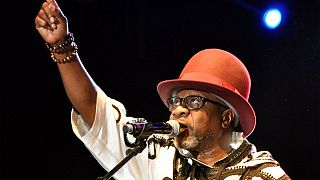

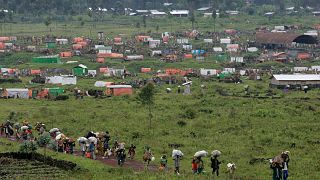
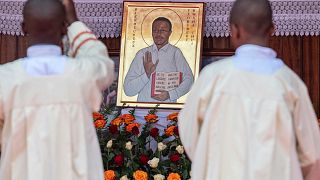
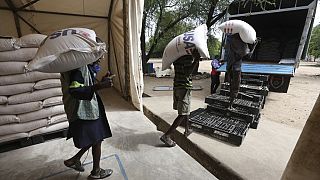

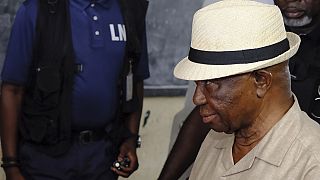
01:17
UNESCO inscribes 26 new sites on World Heritage list
02:20
France: Avignon Festival celebrates Egyptian diva Umm Kulthum
02:19
Abuja residents celebrate Igbo festival in grand style
00:51
Marrakech national festival: honoring the legacy of popular arts
02:19
Thriving, not just surviving: Gloria Gaynor releases new EP
01:24
French parliament votes to return sacred "talking drum" to Ivory Coast